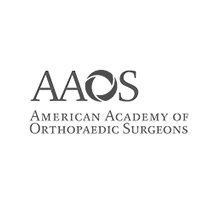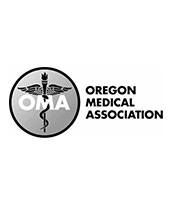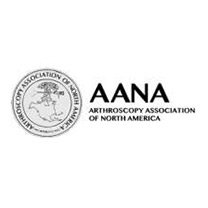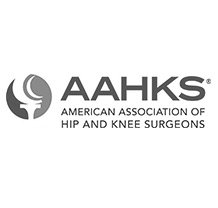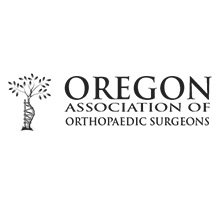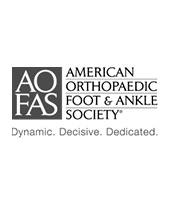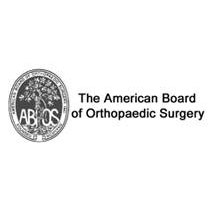Services
At Multnomah Orthopedic Clinic we provide comprehensive orthopaedic care ranging from management of sport injuries to minimally invasive joint replacements. From youth to adult to senior, the physicians of Multnomah Orthopedic Clinic have the expertise and experience needed to get you moving again. To know about our services, click on the below tabs:





A bone fracture is a medical condition in which a bone is cracked or broken. It is a break in the continuity of the bone. While many fractures are the result of high force impact...
Read More
Sports injuries occur when playing indoor or outdoor sports or while exercising. They can result from accidents, inadequate training, improper use of protective...
Read More
We will file workers’ compensation claims with your employer’s workers’ compensation insurance carrier. The claim must be an open and accepted claim.
Read More
General orthopaedics focuses on the management of musculoskeletal injuries including fractures, overuse injuries, sports injuries, trauma, joint problems such as arthritis...
Read More
If you wish to be advised on the most appropriate treatment, please call to schedule an appointment or click to request an appointment online.




